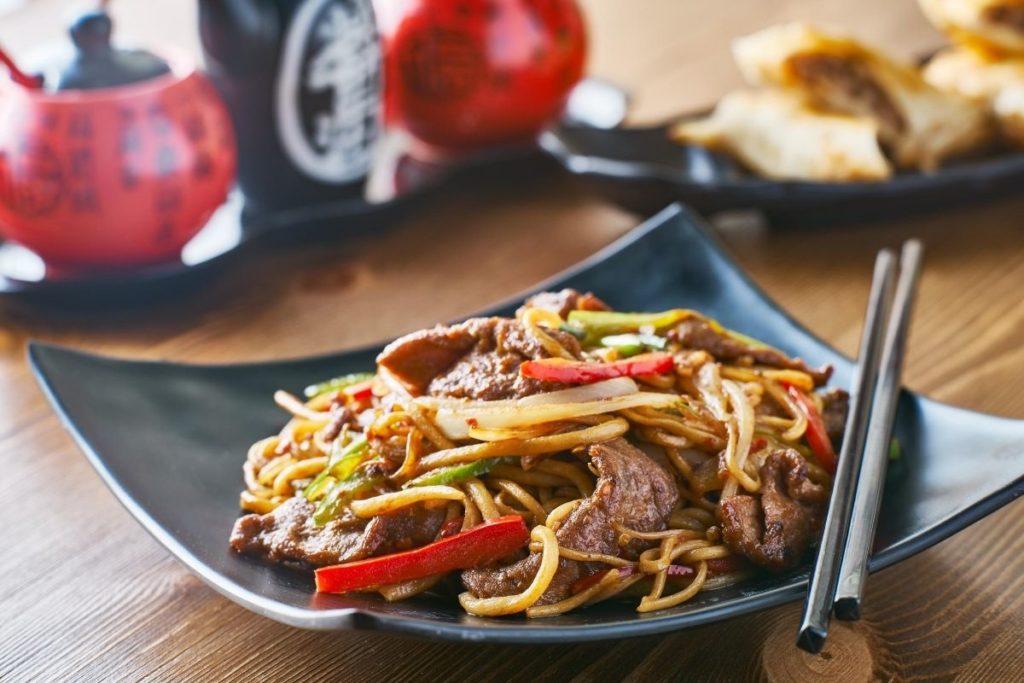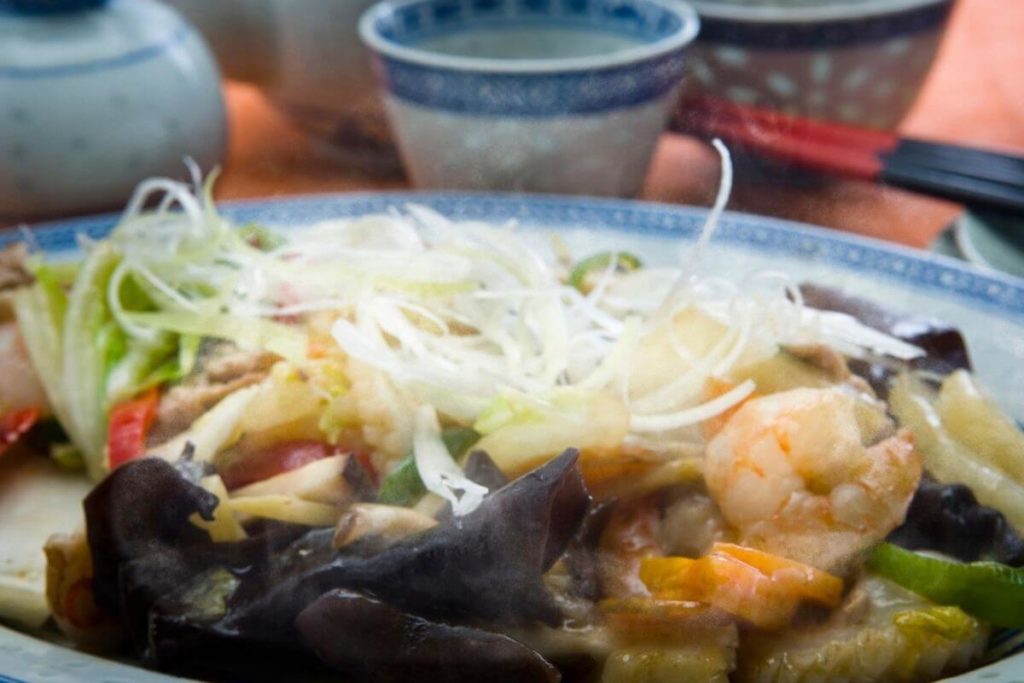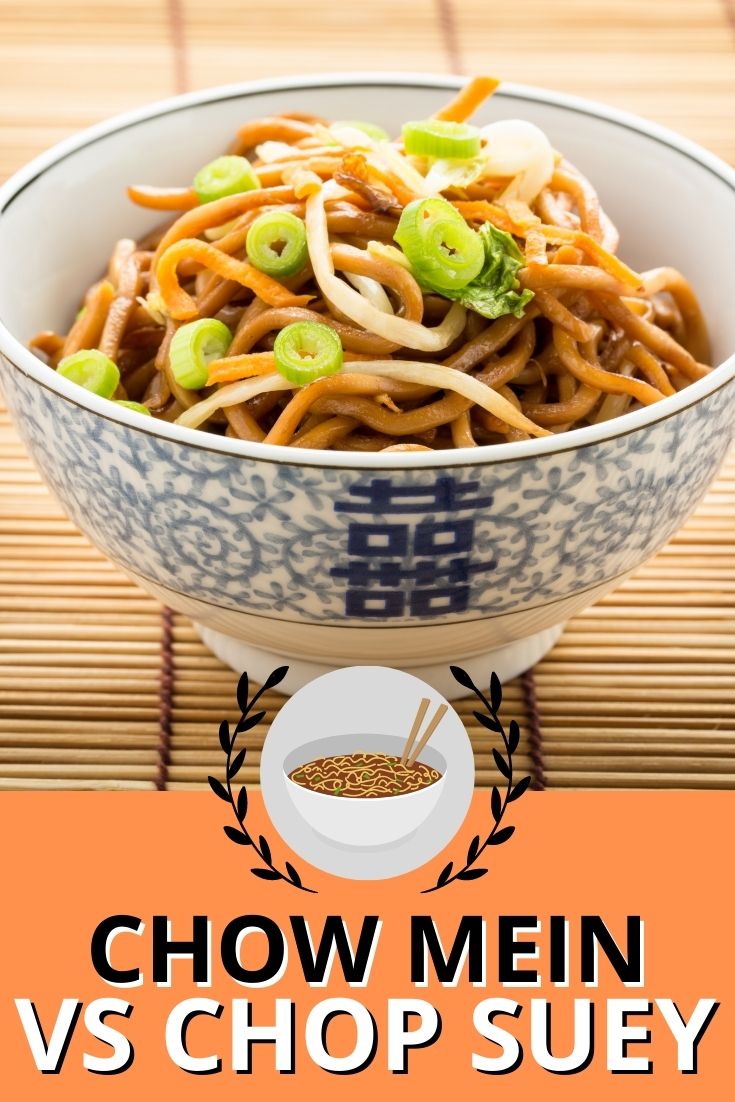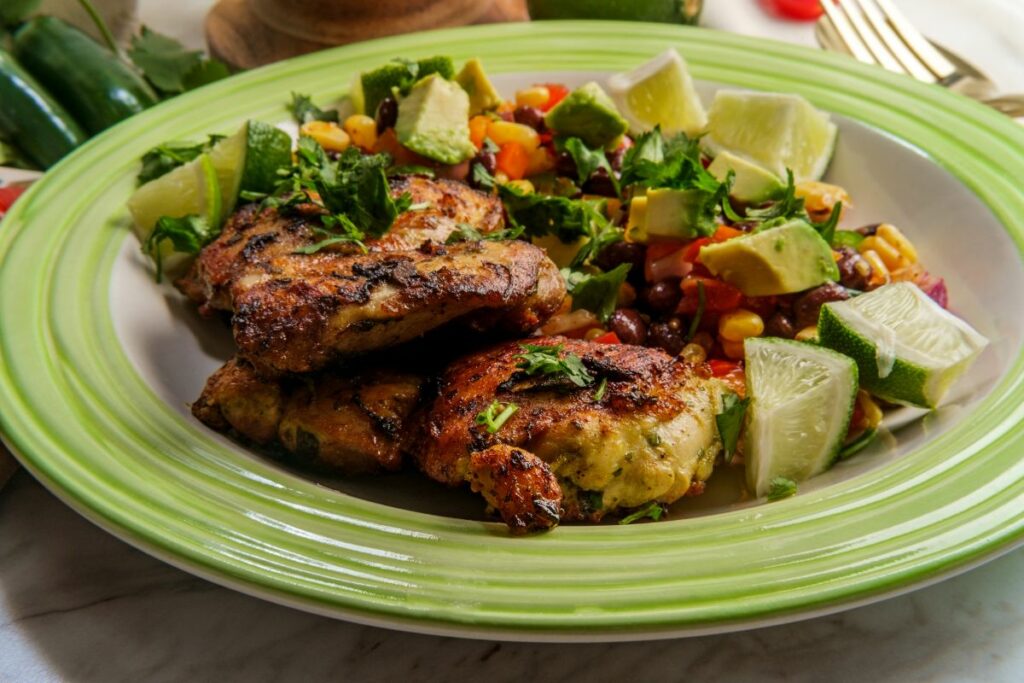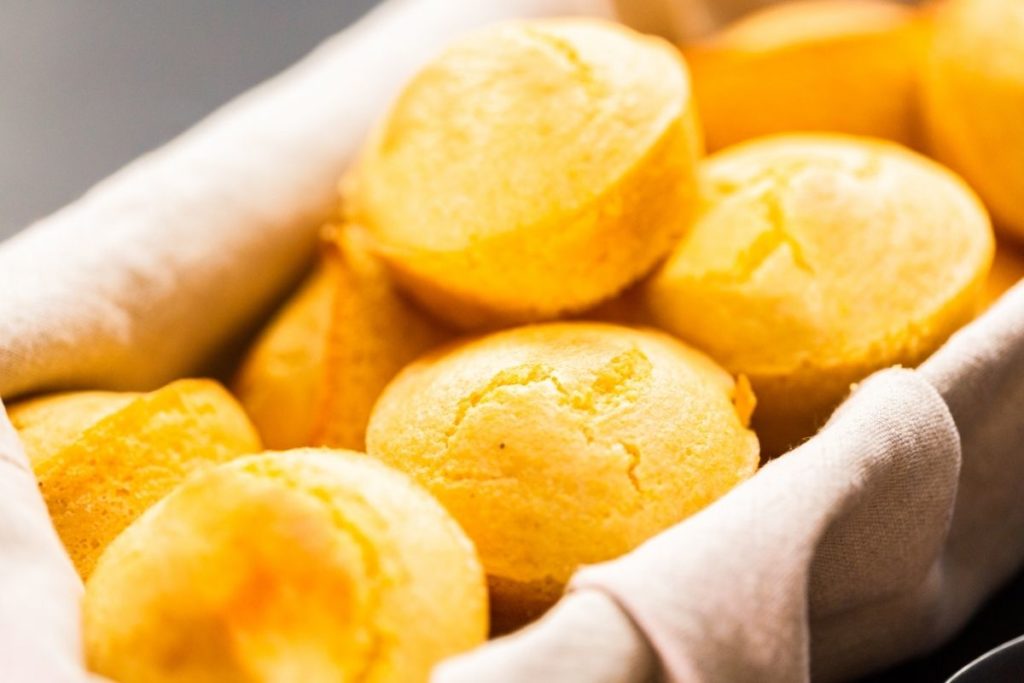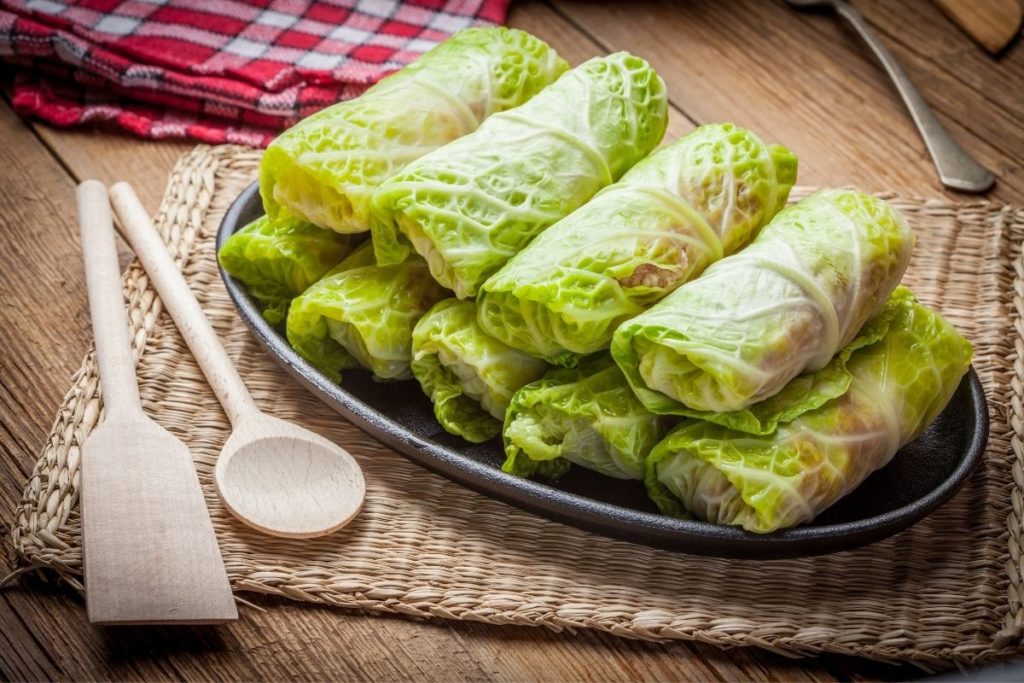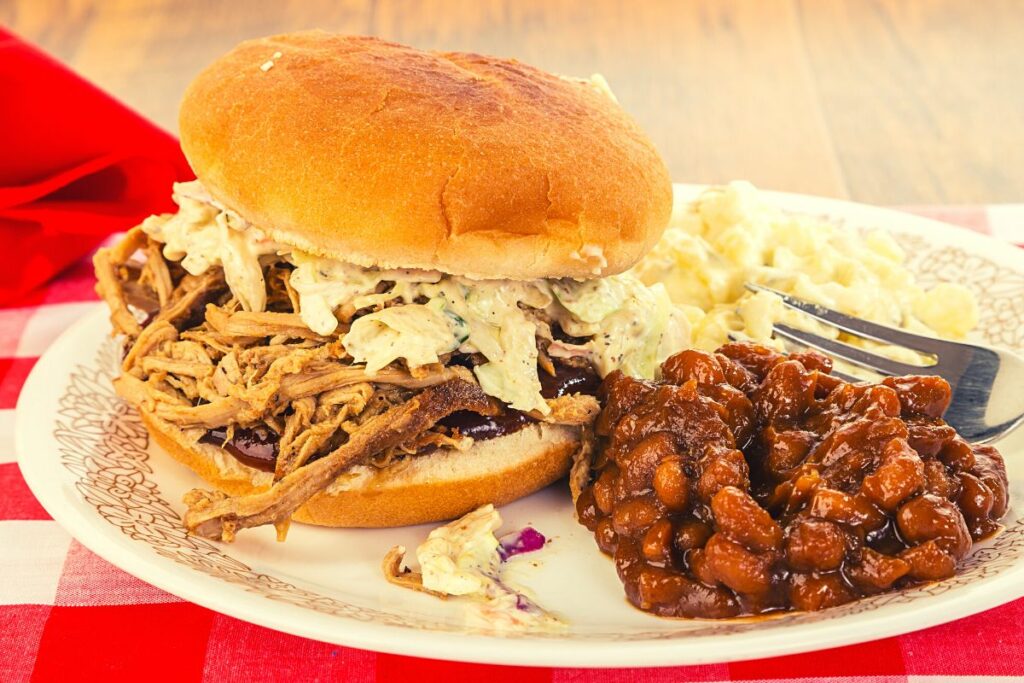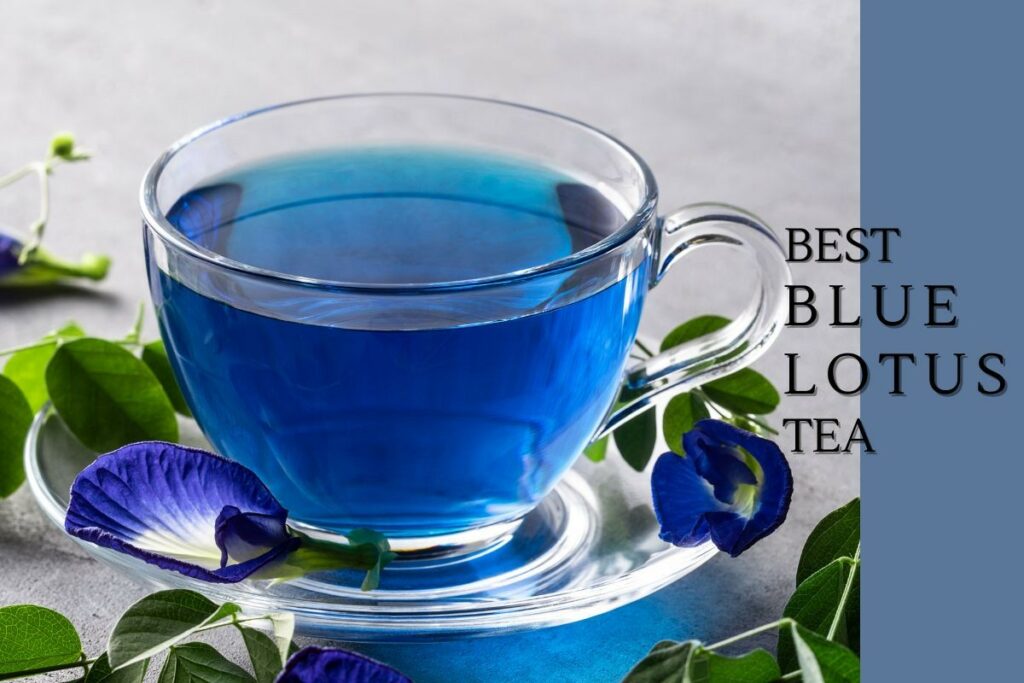Chow Mein vs Chop Suey: What Is the Difference? (Updated 2025)
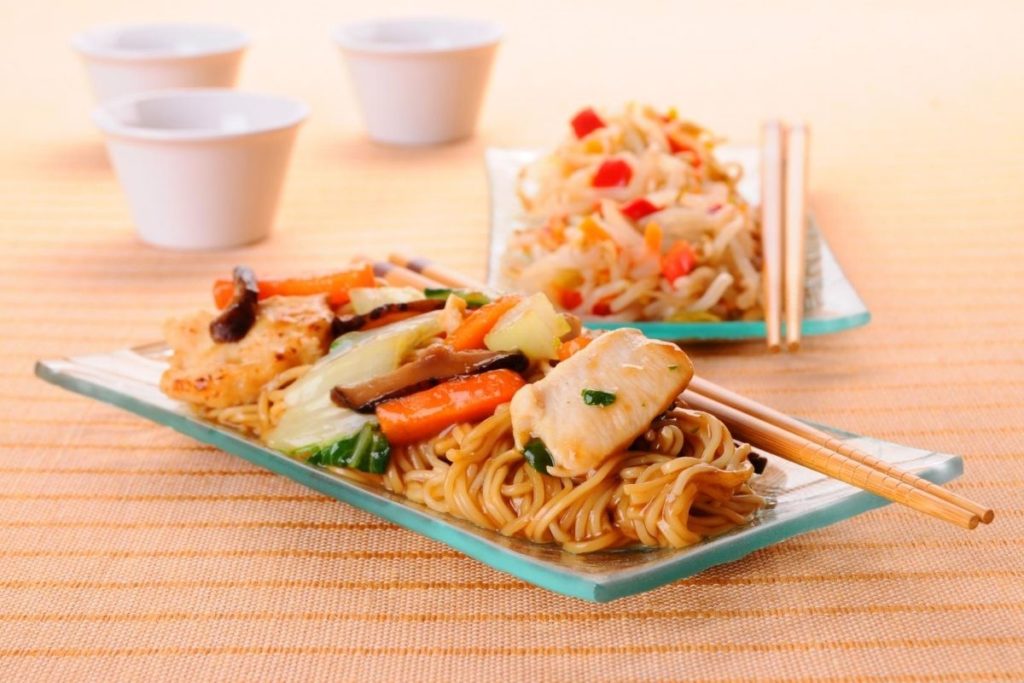
Are you curious what the difference between chow mein and chop suey is? In this article, we will talk about the differences…
It seems the whole world loves Chinese food. Whether as takeout, in a restaurant, or even cooking at home, Chinese cuisine reigns supreme.
Two of the most common dishes found in restaurants include chow mein and chop suey – both of which contain vegetables for that midweek slump.
Although the two are Chinese dishes and have vegetables in both recipes, chow mein and chop suey couldn’t be more different. From their conception and origin, as well as their ingredients and style of cooking, both of these dishes have their own take that makes them unique in their own way.
Because of their similarities, many people fail to discern the difference, especially since they look almost the same at a glance. In this article, we’ll explain the difference between the two and how to distinguish them.
To learn more, read on.
What Is Chow Mein?
Chow mein is a bastardized form of an authentic Chinese dish called ch’ao mien which originated in the northern part of the country.
In Mandarin, ch’ao mien means ‘stir-fried noodles.’ The original dish comes together by frying boiled noodles with vegetables and a few pieces of meat.
Cantonese immigrants brought this dish to the United States in 1849. The introduction of this noodle dish popularized chow mein in the 1920s, later becoming a Chinese-American staple and favorite in the twentieth century.
Today, this stir-fried noodle dish is made of egg noodles, celery, water chestnuts, green cabbage, and sliced meat. It has evolved over the years to cater to a Western palate. However, much of this dish is still based on authentic Chinese noodle dishes.
As this has adapted for a Western palate, restaurants in the United States have a tendency of frying the noodles to a crisp.
Chop Suey – What Is It?
Chop suey, on the other hand, is believed to be a Chinese-American dish created by Chinese Americans.
According to numerous sources, the emergence of chop suey in the United States stemmed from the coming of Cantonese immigrants in the 1800s. While this origin story bears similarities to that of chow mein, others agree that this dish came about differently.
One theory surrounding the creation of chop suey involves a visiting Chinese statesman by the name of Li Hongzhang. He did not like the food served in a buffet in 1896. As a result, this diplomat ordered his personal chef to create a dish that would suit his palate based on the ingredients on hand.
Another theory states that a Chinese chef billeted at a California mining camp created this stir-fried vegetable dish. The Chinese chef, reportedly short on ingredients, threw in whatever ingredients he had in the kitchen. He named the dish ‘tsa sui’ in Mandarin, which translates to ‘miscellaneous broken pieces.’
The stir-fried dish got a description as a ‘toothsome stew’ by writers for The Spruce. The chop suey consisted of ingredients like bean sprouts, chicken livers and gizzards, beef tripe, dried dragon fish, pork, chicken, and other various ingredients.
Today, a variety of vegetables, such as cabbage, mushrooms, and bamboo buds find their way into the dish. The sauce is thickened with starch to achieve an almost stew-like quality.
Compared to chow mein, this stir-fried veggie dish normally comes over rice.
Differences Between Chow Mein and Chop Suey
As you can see, chow mein and chop suey both have Chinese-American origins and similar methods of stir-frying.
The main difference between the two, however, has to do with the use of ingredients and how these are cooked and served.
Chow mein noodles in the United States usually come crispy and fried with the sauce laced in the mixture and absorbed by the noodles.
On the other hand, chop suey comes served over rice and with a heaping ladle of sauce. The preparation and outcome of chop suey remain the same even though it utilizes different ingredients.
Chow mein, however, can come with steamed noodles instead of fried, resulting in a softer and chewier noodles.
The Bottom Line
With the ever-steady popularity of chow mein and chop suey in Chinese-American culture, these dishes are here to stay. Not only will you find them in restaurants, but also made by home cooks looking for a fast, cheap meal.
The beauty of these dishes lies in the balance of the vegetables, meats, spices, and carbohydrates of choice. Their versatility also makes them popular.
They both stand as ideal dishes to make when you want to clean out your fridge of meat or veggies.
By learning the difference between the two, you can hopefully appreciate the complexities of Chinese-American cooking.
Print5 Best Chow Mein Recipes
Check out these great Chow Mein Recipes that have been shared on Pinterest.
Ingredients
Instructions
- Click on each link above to view the pin and recipe.
- Obtain all the necessary ingredients to make the recipe.
- Follow the steps to create your dish.
- Enjoy your delicious meal =)
you may also like
well hello there!

Hi, I'm Linda thanks for stopping by! We're so happy you're here. If you're a foodie and love to cook from home - you're in the right place..
LEARN MORE
free newsletter
Join the mailing list and receive our free newsletter!
recent posts
let's be social
search site
Recipe Marker
Recipe Marker provides you with the best information about home cooking tips, recipes, ingredient substitutes and more. Check out our blog to see the latest articles.
Copyright © 2024 Recipemarker.com | All Rights Reserved | Privacy | Disclaimer | Contact
